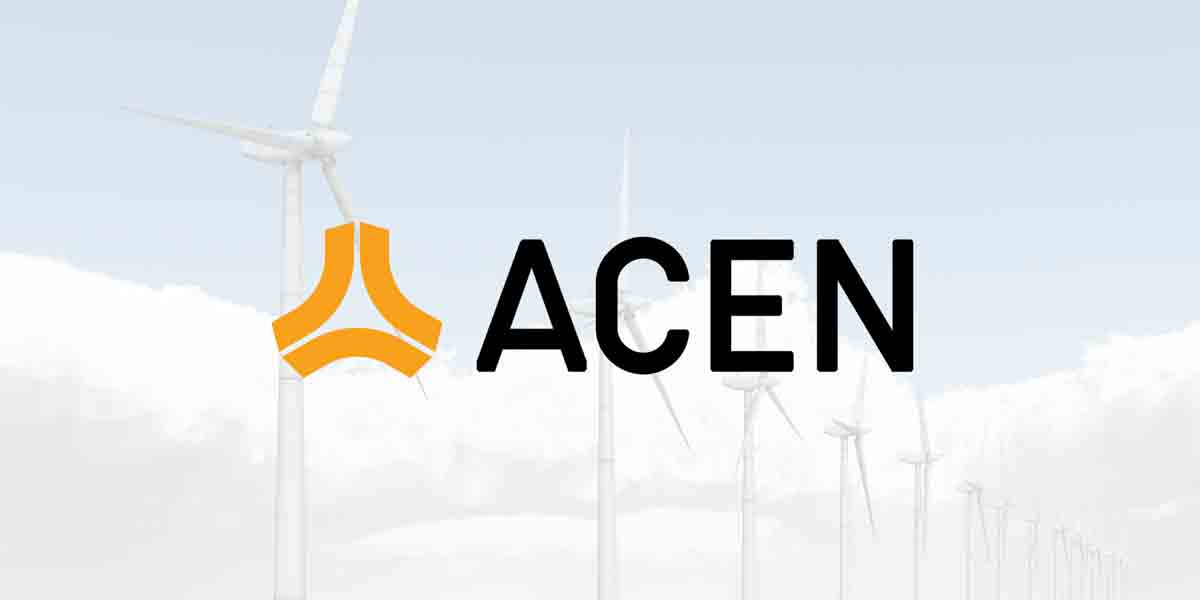By The Sunriser
The numbers don’t add up for the average Ilonggo taxpayer trying to make sense of City Hall’s financial decisions.
Here stands our city government, sitting atop a PHP 5 billion mountain of cash in its Development Bank of the Philippines account, while simultaneously maintaining loans that cost taxpayers PHP 394.9 million annually in amortization payments.
Any small business owner or household budget manager would raise an eyebrow at this fiscal approach – holding massive cash reserves while paying interest on loans seems contrary to basic financial wisdom.
The administration defends its position by touting sophisticated financial metrics, pointing to a healthy debt service ratio of 5.62% that falls well below the 20% legal ceiling.
But try explaining that to the property owner who just saw their real property taxes surge by 300% under the new valuation framework.
While City Hall celebrates its “robust financial condition” and “underutilized borrowing capacity,” ordinary citizens are left wondering why they face steeper tax bills when the city is literally sitting on billions.
The 40% discount on RPT payments for 2024 and 2025 offers cold comfort, knowing that the full brunt of the revised rates looms in 2026.
Perhaps most perplexing is the city’s pride in having PHP 2.675 billion in additional borrowing capacity – as if the ability to take on more debt while holding massive cash reserves is something to celebrate.
The Committee on Appropriations speaks of “visible improvements” in plazas, markets, and housing projects, but at what cost to the ordinary taxpayer?
When a city maintains loans while holding cash reserves that could potentially pay them off, it’s fair for citizens to question whether their hard-earned money is being managed with the same careful consideration they must apply to their own household budgets.
The PHP 4.134 billion budget for 2025 may align with fancy administrative acronyms like “RISE,” but it seems to fall short on rising to meet basic financial common sense.
As our city leaders pride themselves on “prudent fiscal management,” perhaps it’s time they explain to the average Ilonggo why paying interest on loans while sitting on billions in cash reflects the kind of financial prudence they demand from their own taxpayers.
The disconnect between City Hall’s sophisticated financial metrics and street-level economic reality grows wider with each budget cycle.
In the end, while the administration celebrates its fiscal health metrics, ordinary citizens are left wondering if there isn’t a simpler, more straightforward way to manage public funds – one that doesn’t require them to pay more while the city hoards cash and maintains loans.
***
Sugar Squabbles Leave Laborers Hungry – A Satire
While Sugar Regulatory Administrator Pablo Luis Azcona and National Federation of Sugarcane Planters (NFSP) President Enrique Rojas clash over numbers, accusations, and data interpretation, the real drama unfolds far from the boardrooms—on the sugarcane fields.
Here, farmhands barely earning PHP 300 a day watch the titans of the sugar industry duke it out, hoping the battle will somehow yield more rice on their plates. After all, someone has to feed the farmers while their leaders exchange insults.
Azcona, in his statement, demanded that Rojas “get his facts straight.” Meanwhile, Rojas claimed his decades of experience in the sugar industry trump the “emotional outbursts” of the SRA head. But amid this war of words, it seems no one remembered to check the facts about the hunger rates among the workers who sweat under the sun for this sweet crop.
The ongoing feud—peppered with accusations of “warped mindsets” and “clouded perceptions”—has all the makings of a political telenovela. One could almost forget that sugar prices are plunging and that farm laborers are struggling to make ends meet.
Azcona cited the declining sugar stocks as proof of no oversupply, presenting a dizzying array of statistics: raw production down 73.46%, raw stock by 31.26%, refined production by 97.77%, and refined stock by 37.23%. If only there were a percentage calculation for how much of this benefits the actual laborers.
Meanwhile, Rojas countered that his leadership has always been guided by data and accused Azcona of personal attacks. “We stick to issues,” Rojas insisted. Unfortunately, sticking to issues hasn’t stuck a meal on the table for the cane cutters who rely on every peso.
Both camps seem so preoccupied with winning the argument that they’ve lost sight of the bigger picture—or perhaps they’ve simply forgotten the smallest players in this game: the laborers who make the sugar industry possible.
As accusations fly faster than sugarcane trucks on a harvest day, laborers silently wonder if they’ll ever see fair wages or benefits. For them, the question isn’t about importation policies or Sugar Order No. 5; it’s about surviving the week.
In the end, this bitter feud over sugar policy is the perfect metaphor for the industry itself: all sweetness at the top, while those at the bottom choke on the leftovers.





















